|
Learning to read is hard work, but if one thing is certain, reading regularly at home with a parent or caregiver can make a huge difference in literacy skills and abilities for young children. A 2019 Ohio State University study even found that children who are read just one book a day hear about 290,000 more words by age 5 than their peers who do not read regularly with a parent or caregiver. Being read five books a day equals a whopping 1.4 million more words by age 5.* In addition to reading lots of stories and books together, parents can use some simple strategies while reading to help grow their child's literacy skills. Check out some of our top reading tips & tricks below, and leave a comment with any additional ideas you have for supercharging reading time with your child. Pointing to the words of a story as you read them, or asking your child to point to the words as they read, cues their brain in key ways to create and store information. In addition to experiencing audible cues by hearing your voice, they also experience visual cues by watching your finger tracking and matching the word you are pointing to with the word they hear you say out loud. A fundamental part of learning to read is understanding what is going on in the story as a child reads it. One easy way to flex comprehension muscles is to ask questions on each page as you read with your child. Basic questions that start with why, who, what, where, and when will get your child's wheels turning and thinking about the characters, plot, setting, and more. Research shows that reading is one of the best ways for children to learn new words and expand their vocabulary. Before you read a story with your child, pick out and discuss a few vocabulary words from the book. Ask your child if they know what the words mean and share their definitions and examples of them being used in a sentence. Then, as you are reading the story and come across the vocabulary word, point it out to your child (or even have them cross it off a written list!). Sight words (or trick words) are those words that children have to learn by sight because they cannot be decoded with the basic rules of the English language. Sight word examples include "said," "about," and "friend." If you are covering sight words with your child, encourage them to practice learning them using the say-spell-say method: say the word, spell the word, and say it again. Bonus: Use a kinesthetic method of learning the word by having your child trace the letters of the word with colored pencils or markers on an index card as they spell it - see this tip in action here. Developing a love of reading is rooted in the confidence and comfort that comes with regular practice. Adults often want to jump in to correct a child when they stumble on a word or pause because they do not know it. Giving that child an opportunity, however, to sound it out, decode the syllable types, or use context clues to figure it out does wonders for their reading abilities. You'd be surprised how often a child can self-correct when reading, and when they do, it gives them the sense of success and achievement that boosts their confidence and love of reading. What other reading tips and tricks do you use to support your child's literacy? Leave a comment! *https://www.sciencedaily.com/releases/2019/04/190404074947.htmSources:
13 Comments
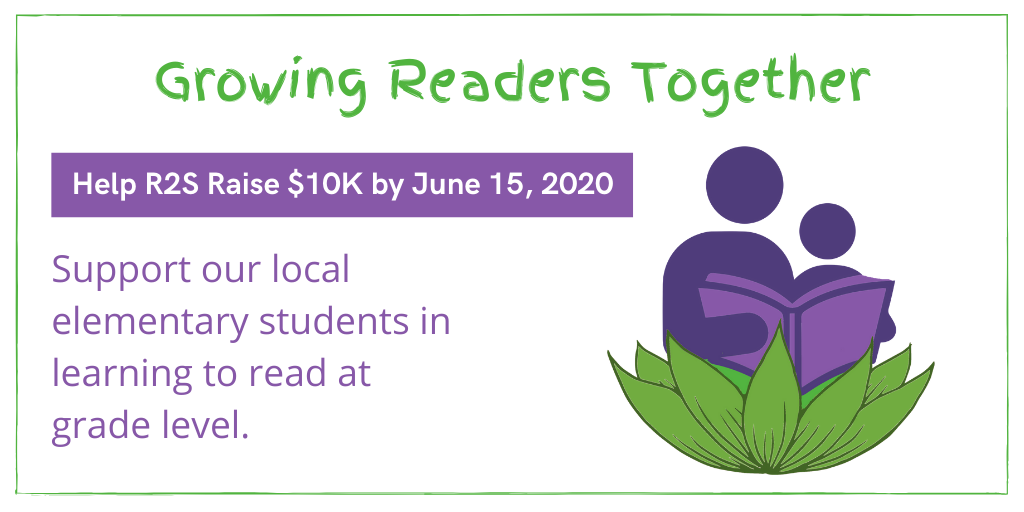 This spring, Read to Succeed Asheville/Buncombe (R2S) is focusing on growth - both in providing the one-to-one tutoring that helps young readers grow and adapting our program to our new reality of social distancing. In response to the COVID-19 crisis, we are creating and sharing more educational resources and literacy content on our website and social channels, including story time videos made by our volunteer reading tutors. These are available to local teachers to use as part of their distance learning lessons. Remote volunteer training is also in the works as well as a pilot program to test out virtual tutoring through video conferencing. The long-term closure of schools this spring affects the students we work with in more ways than we can imagine. We fully expect to see the combined effects of traditional summer slide plus months without classroom instruction and one-to-one tutoring reflected in students’ fall 2020 reading assessment scores. We know that the need for R2S reading tutors will be greater than ever when schools reopen, and we anticipate an increased number of referrals from teachers for our services. Bottom line: WE NEED YOUR HELP. Your generous investment in our work will help us respond to this unprecedented situation and enhance our programming, recruit and train more volunteers, as well as serve more elementary students who are behind grade-level with their reading. Can you help us reach our spring fundraising goal of $10,000 by June 15th, 2020? Click the button below to donate securely online, and please spread the word! |
About R2S
Read to Succeed Asheville/Buncombe (R2S) is a local, independent nonprofit on a mission to help close the Archives
July 2024
Categories
All
|
|
Our Mission
Read to Succeed is on a mission to help close the race-based opportunity gap through community-powered literacy programming that engages children, families, and community partners. |
Get in Touch!
Phone: (828) 747-2277 Email: [email protected] Physical address (Cannot receive mail here): 16A Stewart St. Asheville, NC 28806 (*Note: Our office is located in the Pisgah View Apartments community) Mailing address: PO Box 18652 Asheville, NC 28814 |
© 2024 Read To Succeed Asheville/Buncombe

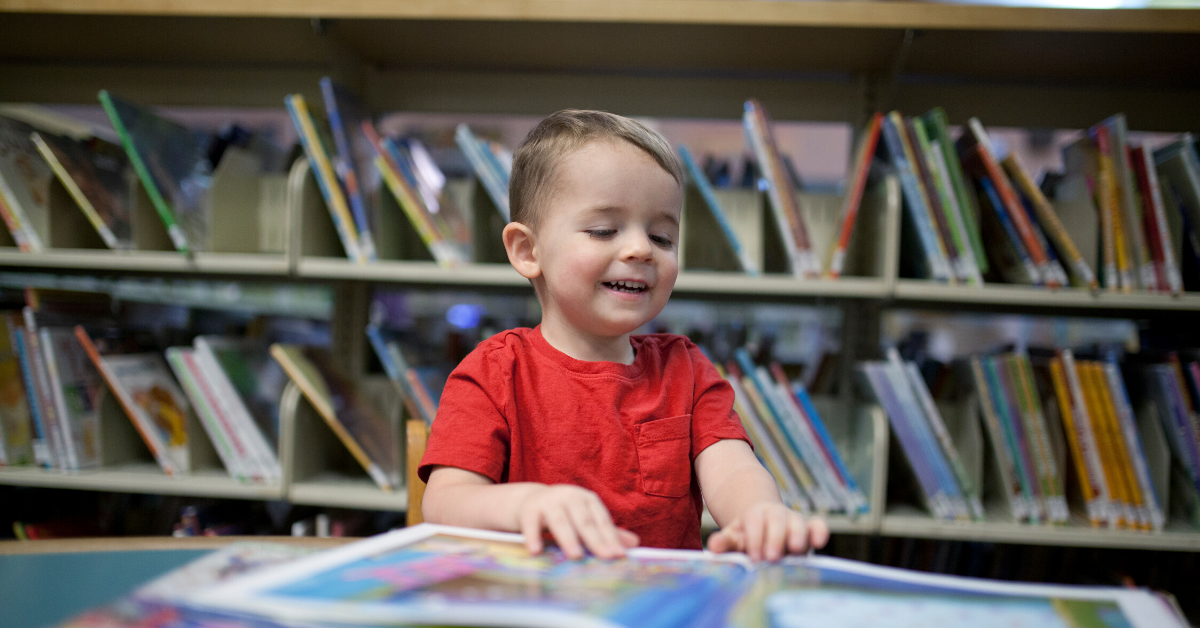
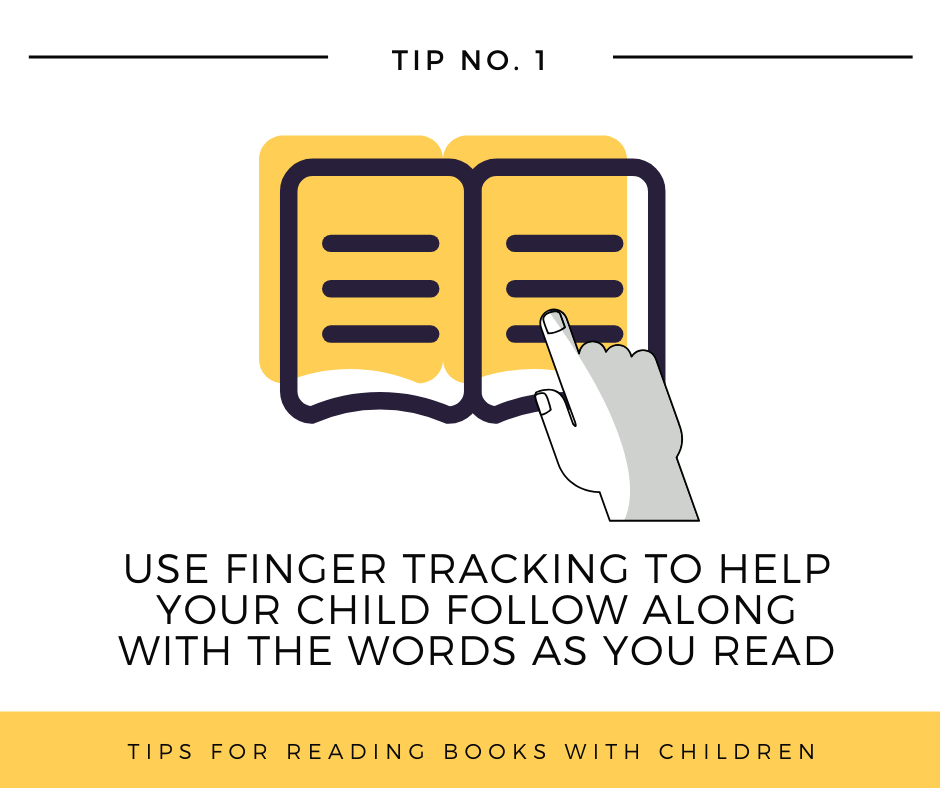
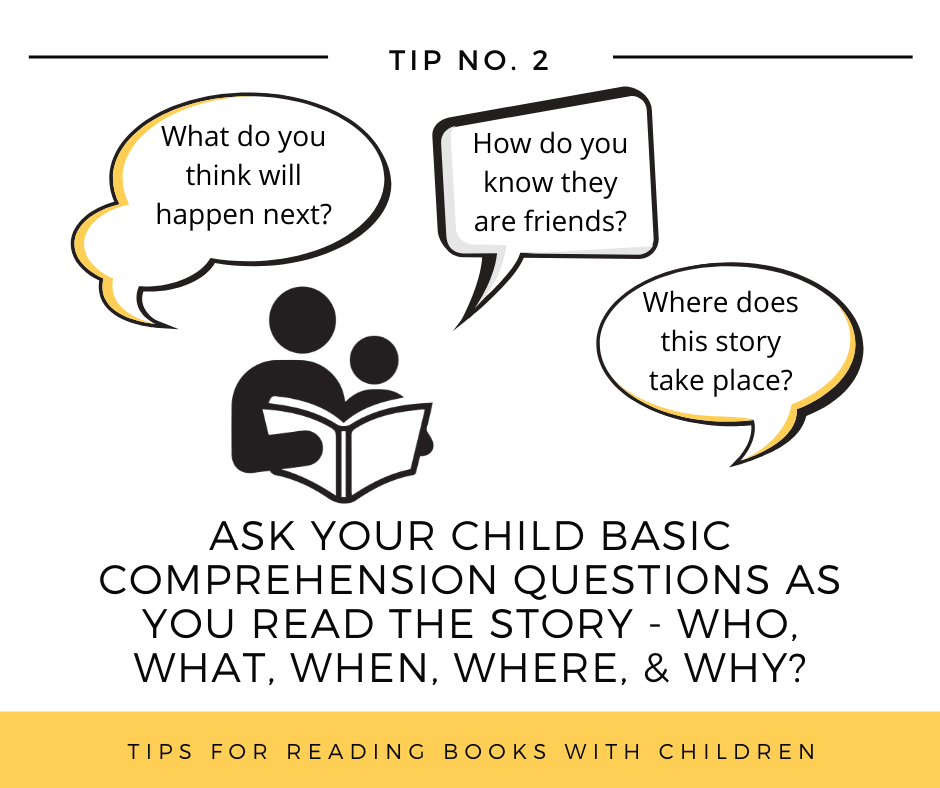
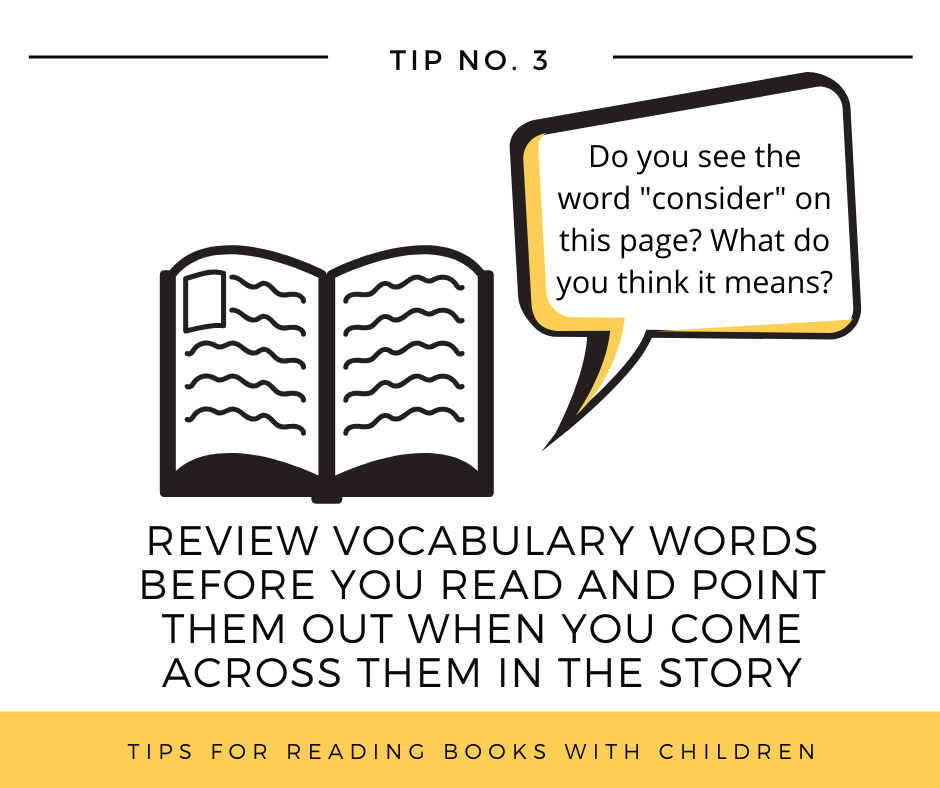
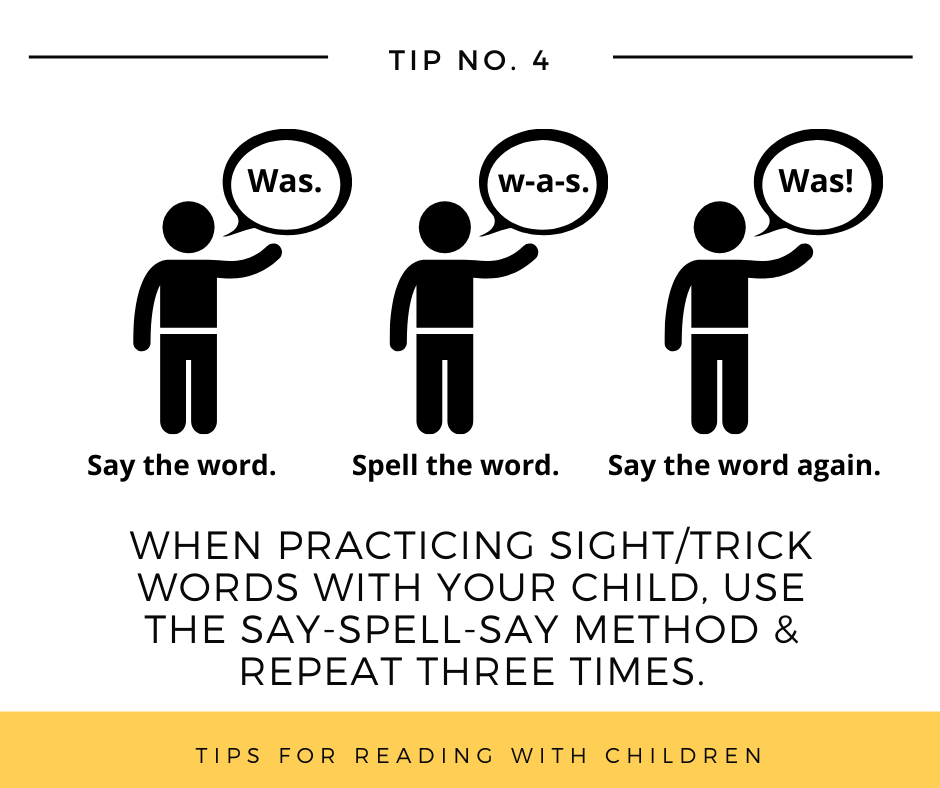
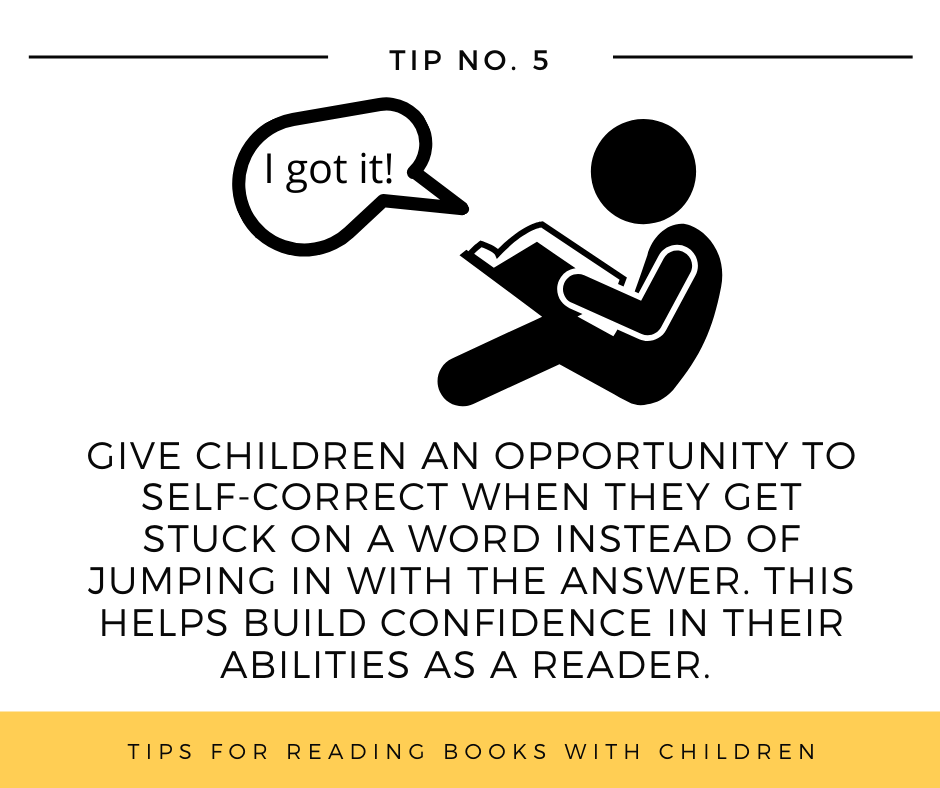
 RSS Feed
RSS Feed